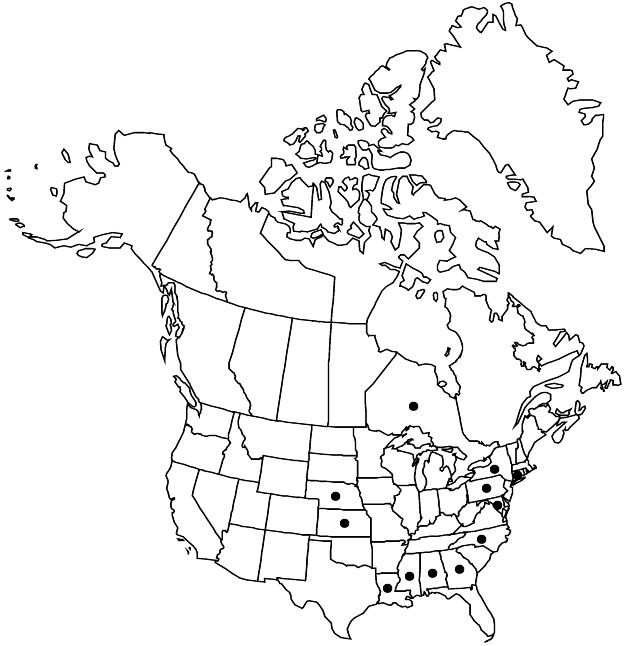Difference between revisions of "Spiraea thunbergii"
Bijdr. Fl. Ned. Ind. 17: 1115. 1827.
FNA>Volume Importer |
FNA>Volume Importer |
||
| Line 37: | Line 37: | ||
-->{{#Taxon: | -->{{#Taxon: | ||
name=Spiraea thunbergii | name=Spiraea thunbergii | ||
| − | |||
|authority=Siebold ex Blume | |authority=Siebold ex Blume | ||
|rank=species | |rank=species | ||
| Line 53: | Line 52: | ||
|publication year=1827 | |publication year=1827 | ||
|special status=Introduced | |special status=Introduced | ||
| − | |source xml=https://jpend@bitbucket.org/aafc-mbb/fna-data-curation.git/src/ | + | |source xml=https://jpend@bitbucket.org/aafc-mbb/fna-data-curation.git/src/f50eec43f223ca0e34566be0b046453a0960e173/coarse_grained_fna_xml/V9/V9_689.xml |
|subfamily=Rosaceae subfam. Amygdaloideae | |subfamily=Rosaceae subfam. Amygdaloideae | ||
|tribe=Rosaceae tribe Spiraeeae | |tribe=Rosaceae tribe Spiraeeae | ||
Revision as of 22:43, 16 December 2019
Shrubs, 10–20 dm. Stems spreading to arching, densely branched. Leaves sometimes tardily deciduous; petiole 1–2 mm or indistinct; blade linear to lanceolate, 2.5–4 × 0.3–1 cm, membranous, base acute, margins irregularly, sharply serrulate, venation pinnate eucamptodromous, secondary veins not prominent, apex acuminate, surfaces glabrous. Inflorescences mostly axillary, hemispheric panicles, (2–)3–7-flowered, sessile on leafless stems in spring, 2–6 × 2–6 cm; branches glabrous. Pedicels 5–8 mm, glabrous. Flowers 6–8 mm diam.; hypanthia crateriform, 2–4 mm, abaxial surface glabrous, adaxial glabrous or puberulent; sepals ovate-triangular, 1.3–2 mm; petals white, obovate to suborbiculate, 2–4 mm; staminodes 10–14; stamens 18–20, 0.3 times petal length. Follicles oblanceoloid, 1.5–2 mm, glabrous. 2n = 18.
Phenology: Flowering Mar–May; fruiting Apr–Oct.
Habitat: Abandoned homesteads, meadows, roadsides, pastures
Elevation: 0–500 m
Distribution

Ont., Ala., Conn., Ga., Kans., La., Md., Miss., Nebr., N.Y., N.C., Pa., Asia.
Discussion
Spiraea thunbergii flowers very early in the spring and may be easily observed due to the obvious flowers on branches lacking leaves; because it can thrive in a variety of soils, it will often persist as the native vegetation returns. Although established in a number of areas, it does not appear to spread aggressively or compete strongly with native species.
Selected References
None.